The first museum of the postal workers of Romania is established in Gornesti, a commune with the Mures County, after the Postmaster Anna Deak has gathered the long of her career several items, documents and photos so that she was able to faithfully render what life as a postal worker meant in the past.
"I had the idea to make a museum of the postal workers to remain in everyone's memory as it used to be the Romanian Post. I've been working in Posta Romana for 30 years and, during this time, I've been collecting things in the idea that maybe I'll need them again. Then when I saw how many things I had gathered, I told myself to show them to the world. Now, with modern technology, we no longer write letters like it used to be. I remember when I was a kid how my grandmother waited to receive a letter from her son in the Army. Now we write through Messenger, text messages, but no longer write by hand. I am from Dumbravioara and I remember the postman there and how the girls asked him if they had not received any letter," Anna Deak told AGERPRES.
She adds that she had the idea of setting up such a museum ever since she was hired as a postal worker, and many have been amused by her intention, believing that she would not have much to exhibit. But the collection exhibited in this museum has a multitude of items that have been used over time in the activity of the Post Office, Agerpres.ro informs.
"On my first day as a postal worker, I said to myself that I would make a museum. Everyone was amused because they couldn't imagine that they could collect materials for a museum. They all thought it was going to be just a bike and a purse and that's about it. Well, I have even brought here the bench in the audience room, as it used to be back then, the table and everything as it was. Then, with surprise, I found out that in the country there is no longer any museum of the postal workers," says Anna Deak, who is glad that she managed to arrange this museum in the space of the Postal Office in Gornesti.
So, in the Gornesti museum we find two mannequins fully equipped with postal workers uniforms, the tables they used to work on, the tally-sheets and all the forms that were filled in at the Post Office, as well as old advertisements for the Loz in Plic lottery tickets and the ticket for winning a Dacia automobile or the newspapers and magazines of the time.
"The uniforms of the postal workers are from the '70s, from the time of communism, we have the postal box, the place of mapping the correspondence - you can see how for each village there was a niche. It was brought the crate with letters, with newspapers, with correspondence and there they were chartered and were put to each village, here are nine villages that belong to Gornesti commune. That was in the old days. We have the crate that came by train, I don't know if you remember, but after the locomotive the first wagon was the Post. Those times too the postal workers would go and pick up the crates, I remember when there was snow, that wagon didn't stop at the platform and we would go through the big snow to take the correspondence, the values, everything that was needed. The oldest objects in the museum are the telephone, the ink, the stamps, the papers are from '64, the registers are from then, everything was manually recorded, we also have the old banknotes. Everything you see here was used, starting with the scales, on which the parcels were weighed, all the operations, the stamps were manually recorded - just as we exposed them, that's exactly what they were sold. Everything is authentic. We also have the old newspapers, such as Scanteia, the newspapers in Hungarian, the Football magazine, the Cinema magazine, here the Radio-TV fee was paid, we have the forms from that time. Absolutely everything was done through the Post," explains Anna Deak.
Moreover, she emphasises that the outfits of the two postal workers, a woman and a man, the shirt, the tie, the suit, the postal hat and the bag and bicycle exposed are all authentic.
"The bag is leather-made and is very durable, it has been worn for so many years and can still be used. With this bike, the postman walked through the villages. Now he went to heaven, but he left us his bicycle as a memory. I can say that I was born in the Post Office, because my mother was a postmaster at the Post Office in Dumbravioara - then the Post Office was together with the Telephones. The school is near the post office and every break I went to Post Office, to my mother, to her workplace. I could see everything she was doing, I really liked how she stamped and even now, after 30 years of work, I still can't imitate that sound. It had a great sound," Anna Deak recalled.
The Postmaster of Gornesti says that through the objects exhibited in the museum she wanted to leave a memory, not to let these extremely valuable things be lost.
"I want it to remain the way I remember it, in my childhood. The children are excited about what they see, they are making their parents aware of what we have here. We also have a painting of former postal workers, we have photos from our post office in 1967. Upstairs you can see the postman that was employed with us, down is the one from Dumbravioara, here is the team - the postmaster, the postal workers and the telephone operators. We still have the lamp, two postal boxes with all the keys, some nicely crafted keys, everything is functional. We have so many memories... it was all something special. Look, on one envelope were applied two stamps, one was placed on one side of the stamp, so that it could not be reused, and the second in a visible place, so that the date could be seen. We still have the laws of '64, '66 - some valid today, but we have them all. Now the rules, the laws and everything related to the regulations come by e-mail, before they came printed on paper. I was impressed because some colleagues from the country, hearing that we wanted to make a museum, sent all kinds of things. I miss those times, we were like a family, then we were friends, we were all happy when a letter came from someone from afar, when we saw the joy in the recipient's eyes,", Anna Deak said.
Now Agnes Demeter works as a postal worker in Gornesti, she has over 15 years since she covers the villages in the commune on her bicycle, and she says that she is delighted with the way in which the Museum of the Postal Workers shows the life that the employees in this system had and, in some places, still have.
"We put things together, some people admire, the oldest remember, the young ones only catch sight of. I've been working as a postal worker for 15 years, it's a beautiful job when you work with people, but it's not easy. In winter I'm walking more next to my bike, in summer it's warm, and when it rains it's also quite difficult. I do at least 10 kilometers on my bike, I run all day, it is about nine villages. It's difficult, because the villages are scattered," she says.
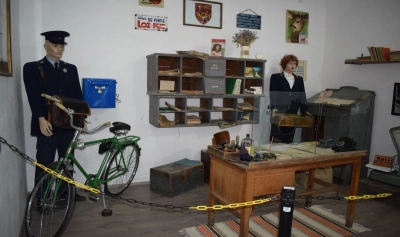






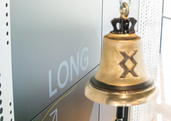
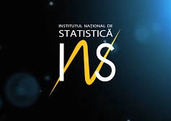


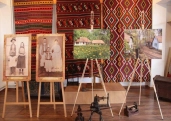




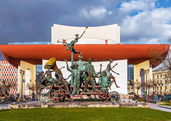
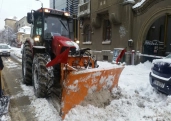



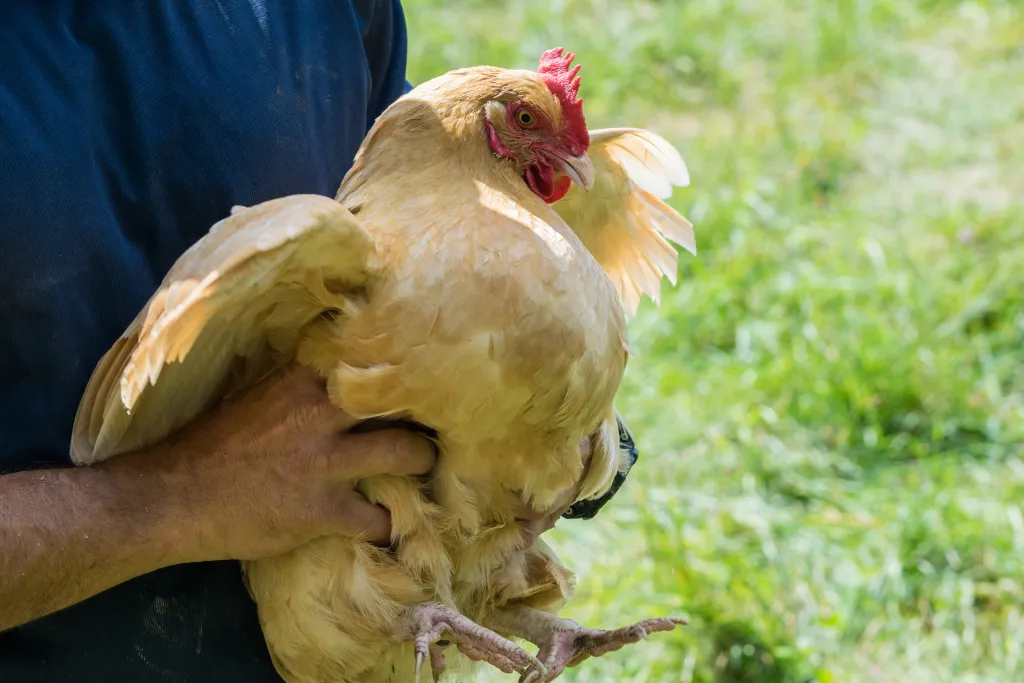











Comentează